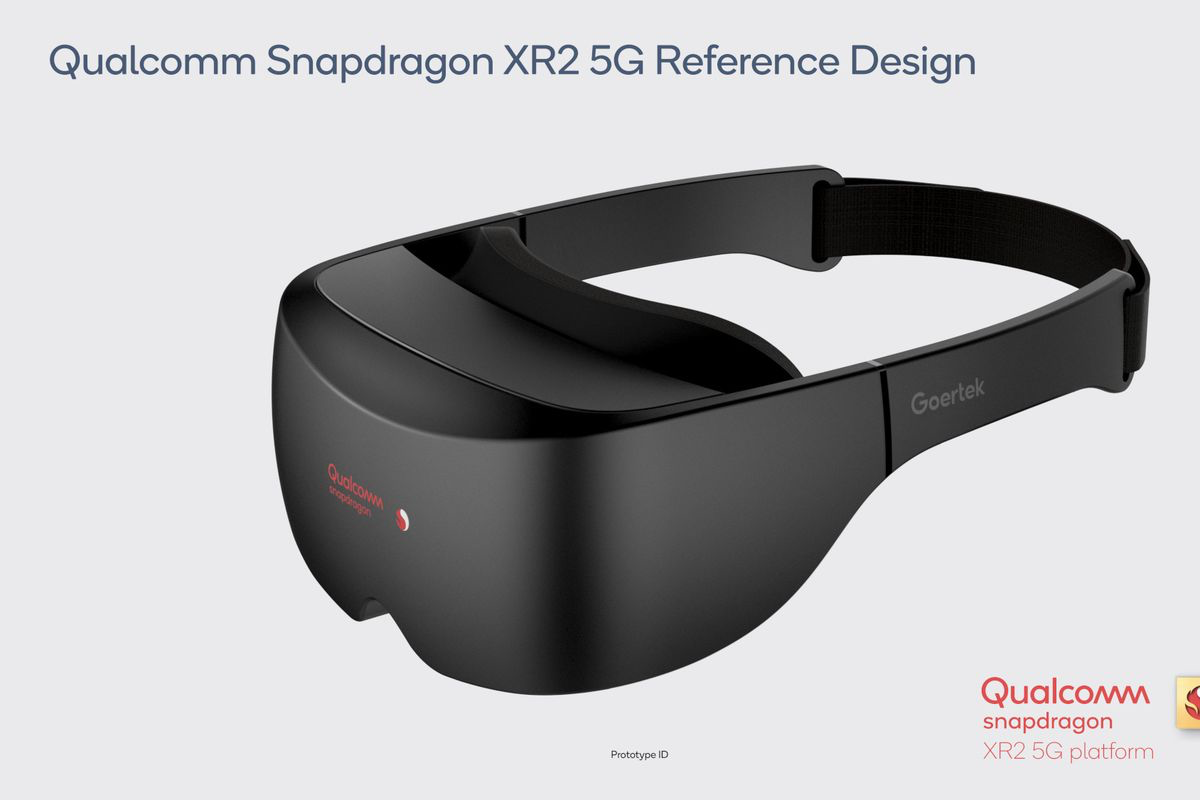Qualcomm has released and revealed their reference designs for headsets powered by their incredibly XR2 chip. This chip was designed specifically for altered realities. Complete hand tracking, magnetic controller tracking, eye tracking, and much more are just a glimpse of what VR and AR could look like in the next couple years.
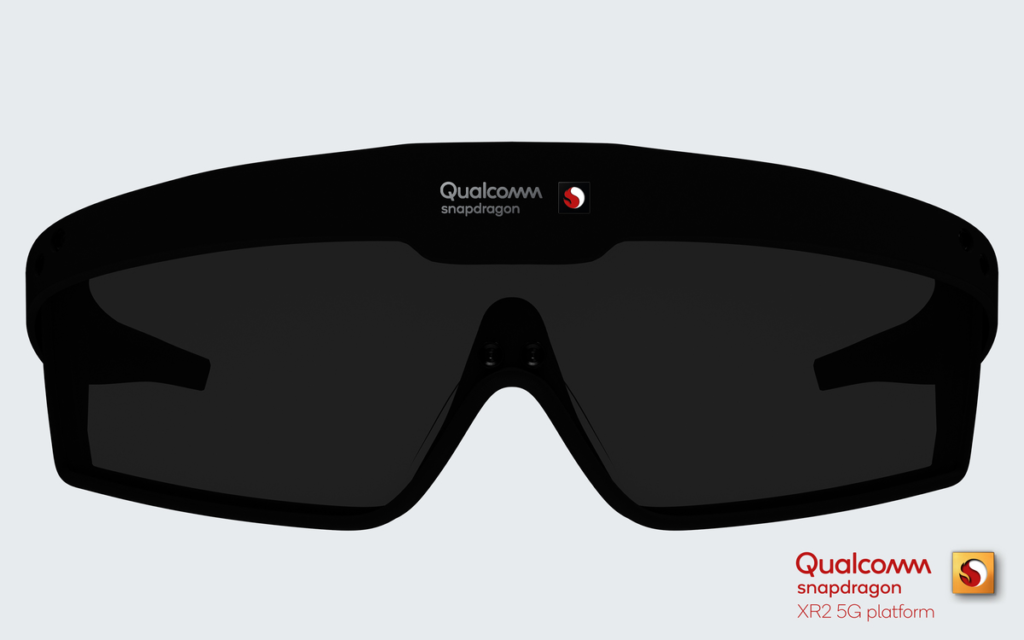
Most standalone AR and VR headsets on the market today are enabled by Qualcomm and their mobile chips. As it stands today, we are aware of over 30 different AR and VR headsets with the Snapdragon chip inside of the headset. The most popular? The Oculus Quest, Oculus Go, Hololens 2, and even the high-end Vive Focus. Qualcomm is clearly where the future of AR and VR is when you talk about power enabled by the mobile chip.
Earlier this week, the company revealed the designs to show off how powerful their new chip is and what it is capable inside of the headset. The Snapdragon XR2 chip is the most powerful AR/VR-focused chip the world has seen yet. These reference designs have excited many in the virtual community, as it is showing off what we can hope to see in the consumer market in the coming years.
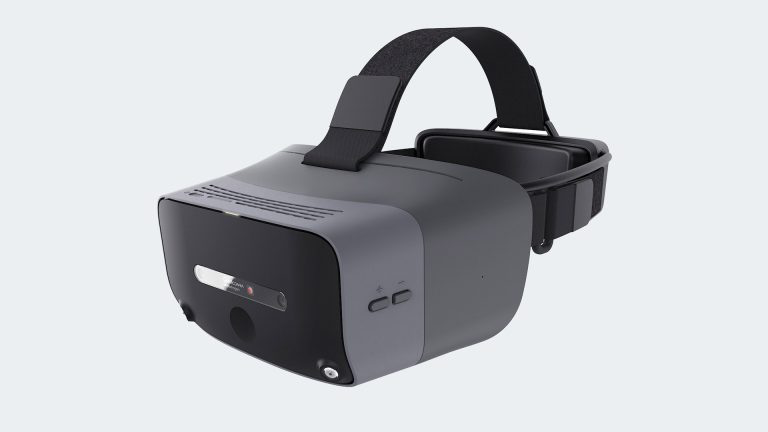
Qualcomm has a working XR2 reference design right now, the VRDK. This headset is bulky and not anything a consumer would want, but it is packed full of features for testing. The production of these headsets is relatively easy so they can get into the developers hands.
What Can XR2 Do?
Late last year, the company gave us a brief idea on what the new chip would be capable of. It is important to note that not one headset will have all of these features, but they will all be enabled from the new Snapdragon chipset. You could have resolutions of 3k x 3K per eye with 90Hz, support for seven cameras simultaneously, integrated 5G connectivity, and double the processing power of any other VR chip. When it comes to the Snapdragon 835, the chip powering the Quest, it doesn’t come close. Check out the charts Qualcomm made to show off the XR2.
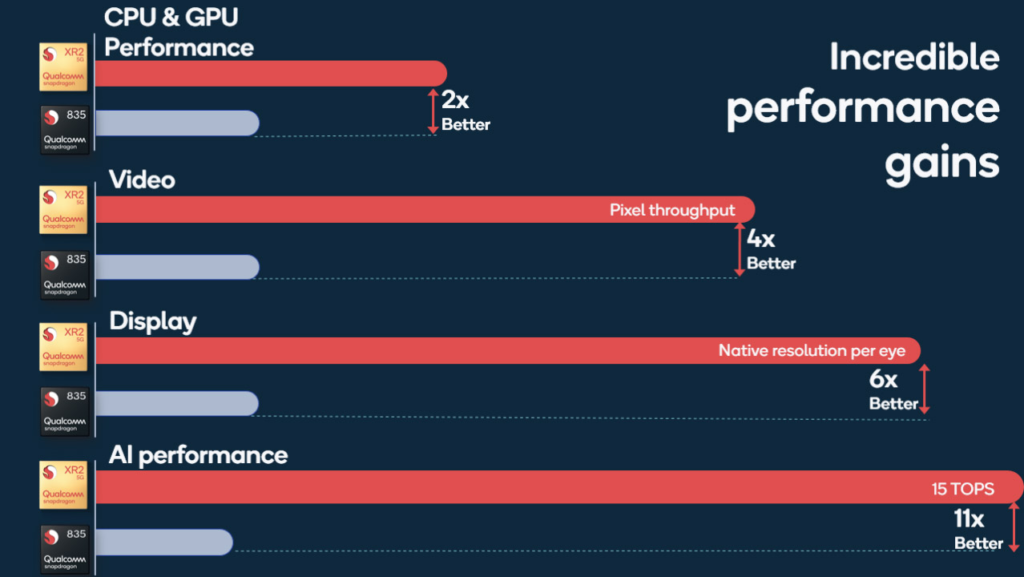
The company also noted that the reference designs were able to support completely free hand tracking from Ultraleap, Atraxa magnetic controller trakcin, and the Tobii eye tracking that so many want in their headset. Not one headset will feature all three, but it is great to know what this latest batch of chips will be able to cook up.
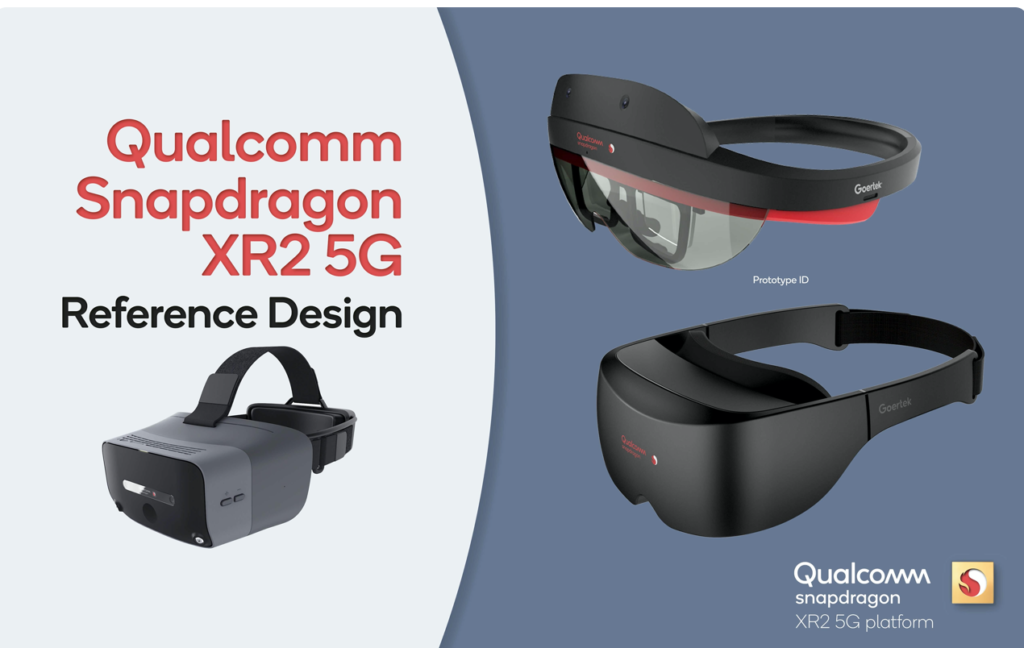
Qualcomm also included some form-factor renders of a different VR and AR headset that they believe is possible with the latest chip. The AR headset is incredibly thin, and the VR headset looks like nothing more than a mega display. If this happens to be the case, many consumer will continue to be happy with the designs.
Cloud Rendering
Qualcomm is also working on a “comprehensive, end-to-end solution” for cloud-rendered VR. This wold be done over a 5G network and work hand in hand with the newest XR2 chip. Obviously this is exciting, but we are a few long years before cloud VR gaming is possible. It will take more 5G networks with solid 5G connections and a major improvement in EDGE computing across the world. This is an exciting time for Qualcomm and hardware producing companies though, as the consumers are starting to get a taste of what is possible.
We aren’t sure who will hit the mark first, but this XR2 chip is the key to many headset’s success. For more VR news and community updates, make sure to check back at VRGear.com.






















